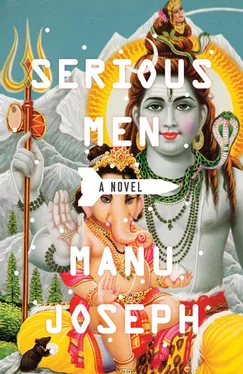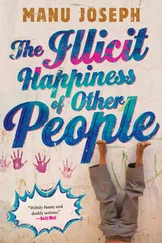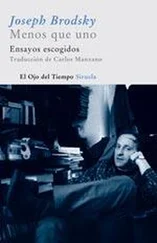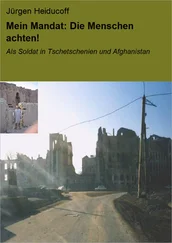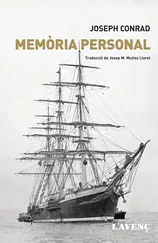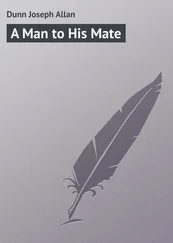A photographer came to him and asked if the aliens could be photographed.
‘No, no,’ the Press Officer yelped. ‘They are microbes, they are microbes. And right now we are not in a position to release their visuals.’ He looked worried now. ‘Listen, don’t ask him anything directly. Ask me. And be very careful when you take pictures of Dr Acharya.’
‘Careful, meaning?’
‘Don’t get too close. Don’t use flash. Just make sure he is not annoyed, OK? I don’t know what will make him go mad.’
The memories of what had happened when Stephen Hawking had last visited Bombay were vivid in his mind. A horde of photographers had surrounded the crippled physicist. Hawking’s delicate face could not take the explosion of flashes all around. He had looked frightened in his wheelchair, unable even to beg them to stop. Acharya had come to his rescue, charging towards the photographers with clenched fists. ‘He deserved better treatment,’ he later said, ‘even though he is an ambassador of the Big Bang.’
The Press Officer inspected the dais. There were four chairs. He asked a peon to remove one of them. And he said aloud, hands on hip, ‘Dr Arvind Acharya and the team will arrive any moment. I want briefly to tell you what this is all about though I am sure you are aware of it. Everything is there in the printed material I have given you. Please read it carefully. Four weeks ago, the Institute of Theory and Research, under the direct supervision of Dr Acharya, sent a hot-air balloon from our Hyderabad launch facility. The balloon went up with four samplers. Samplers are sterilized steel devices that are opened by remote control at a particular altitude. The samplers captured air at the altitude of forty-one kilometres. The objective of the balloon mission was to see if there is any life forty-one kilometres above the Earth. At this height, if there is life, it would mean that it is coming down, not going up. Out of the four samplers, two have been sent to Cardiff and one to Boston. They are being studied there right now, even as I speak. We studied one sampler right here in our Astrobiology lab. And we have discovered a rod-like bacillus and a fungus. This is an astonishing discovery because this is the first time anyone has even come close to discovering aliens. Also, this reopens the debate on whether some diseases which appear suddenly, like SARS, are actually extraterrestrial in nature. And of course, it makes us question whether all life on Earth, too, originally came from space.’
He wiped his forehead. His face did not suggest that mankind was at a significant junction. He was more concerned with the little matter of the press conference proceeding smoothly without any mishap.
‘There they are,’ he yelped.
Acharya walked in with his two American friends who were as tall as he was.
‘Where is Oparna?’ Acharya asked the Press Officer, who whispered, ‘She did not want to come, Sir. She wanted to be low-profile. She insisted, Sir. I tried.’
Acharya took the centre chair on the dais. He was flanked by the two white men.
‘Dr Arvind Acharya,’ the Press Officer said grandly, adding, more softly, ‘Dr Michael White is to his right and Dr Simon Gore is to his left. They are astrobiologists from Princeton. They assisted our research and independently supervised the analysis of the contents of the sampler. I leave the floor to the scientists.’ He went to a corner of the room and studied the journalists with a harrowed face. (He hated journalists.)
‘I’m sure you have been briefed,’ Acharya told the audience. ‘I’ve nothing more to add except this. Oparna Goshmaulik was the project coordinator. She was involved in the project before the launch and she was in charge of the analysis of the sampler. Unfortunately she could not make it today. Now, you may ask questions.’
There was a silence for a few seconds. Then a man asked, ‘What exactly has been found?’
Acharya shot a glance at the Press Officer, but answered patiently: ‘A rod-like bacillus and a fungus called engyodontium albus de hoog.’
‘Can you spell it?’
‘No.’
There was a brief silence which was broken by the squeaky voice of the Press Officer. ‘The exact spelling is in the printed material I’ve given all of you. If you can’t find it I will give it to you after the conference.’
A woman asked, ‘Dr Acharya, why have you concluded that this living matter has come from space?’
‘I have not concluded this. It is a reasonable guess supported by several facts. For example, it is difficult to see how the living matter got there because until now it was believed that bacteria and fungi do not exist at such heights. The chances of bacteria living at such heights due to space debris of defunct satellites are very, very small.’
‘Maybe the sampler somehow got contaminated in the lab?’ someone asked.
‘All precautions were taken to secure the samplers,’ Acharya said. ‘The bacteria and fungus we have discovered are very rare and difficult to culture in a lab environment.’
‘If these organisms really came from outer space,’ a voice asked, ‘how did they survive the extreme temperatures?’
‘In the spore form, microbes not only survive extreme conditions but are almost immortal. It is believed that in the hibernated state they can even live for millions of years.’
‘Dr Acharya, where do you think these microbes come from?’
‘I don’t know,’ he answered with a chuckle. He looked at his two friends and they smiled too.
‘Dr Acharya,’ someone asked, ‘what about the other three samplers?’
‘They are being studied in Cardiff and Boston. The results will be out in two or three months. Their processes are slightly different and so will take more time. We hope to find more interesting stuff in those samplers. In fact, we hope to find organisms that have no history on Earth.’
In the back lanes of the academic world the news of Acharya’s discovery was greeted with joy, and with the inadvertent compliments of scepticism. But in the real world of regular people, for which science pretended to toil, the event went across the day like an invisible epoch. Between the news of the stockmarket upsurge and Islamic terror and a man stabbing his lover twenty-two times, The Times hurriedly summarized an epic scientific labour. Rather as an epitaph tells the story of a whole life in the hyphen between two dates.
AYYAN MANI PELT a soporific gloom in his heart that reminded him of the widows of the BDD chawls who sat in the doorways, their cataract eyes baffled at the sheer length of time. These days, there was an excruciating stillness in his world too.
From behind the phones and heaps of transient mail, he stared at the ancient black sofa. Its leather was tired and creased. There was a gentle depression in the seat as though a small invisible man had been waiting there forever to meet Acharya and show him the physics of invisibility. The faint hum of the air conditioner made the room seem more silent than silence itself could have done. A fax arrived. One of the phones on his glass table rang for a moment and stopped abruptly. Voices outside grew and receded. A still lizard, high up on the stark white wall, looked back, needlessly stunned.
Ayyan felt like a character in an art film. Nothing happens for a while, and nothing happens again, and then it is over. There was no goal any more in his life, no plot, no fear. It was a consequence of choosing to be a good father. He had put an end to the myth of Adi’s genius. It had to end before the boy went mad. The game had gone too far. In the place of its nervous excitement was now the ordinariness of the familiar flow of life, the preordained calm of a discarded garland floating in the sewage.
Читать дальше
